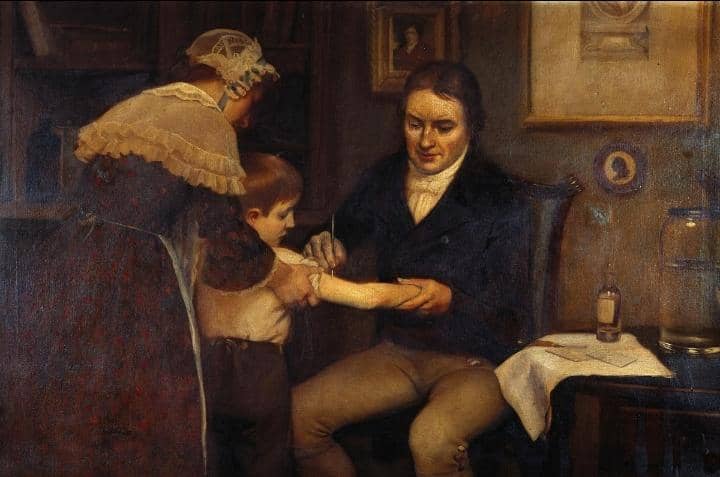The first successful vaccine was developed by Edward Jenner in 1796, a groundbreaking achievement in the field of medicine. Jenner, an English physician, observed that milkmaids who contracted cowpox were immune to smallpox, a disease that had caused widespread suffering and death.
His curiosity led him to explore this connection further, ultimately changing the course of public health.
On May 14, 1796, Jenner inoculated an eight-year-old boy named James Phipps with material taken from a cowpox sore on the hand of a local milkmaid, Sarah Nelmes. Phipps experienced mild symptoms but fully recovered. Q
To test his immunity, Jenner later exposed him to smallpox; remarkably, Phipps showed no signs of infection. This experiment confirmed Jenner’s hypothesis that cowpox could protect against smallpox.
Jenner’s findings were published in 1798 and quickly gained attention across Europe and beyond. He coined the term “vaccination,” derived from the Latin word “vacca,” meaning cow. Despite initial skepticism and rumors about the safety of his method, extensive testing demonstrated its efficacy, leading to widespread adoption.
The smallpox vaccine became instrumental in reducing mortality rates associated with the disease. By the early 20th century, vaccination campaigns were established globally, contributing to a significant decline in smallpox cases.
This culminated in the World Health Organization declaring smallpox eradicated in 1980, marking a monumental victory for vaccination efforts.
Edward Jenner’s legacy endures as vaccination remains a cornerstone of public health worldwide. His pioneering work not only saved millions of lives but also laid the foundation for modern immunology and the development of vaccines against various infectious diseases.

